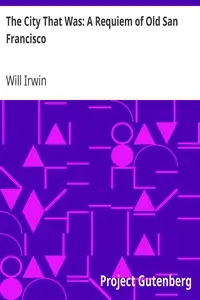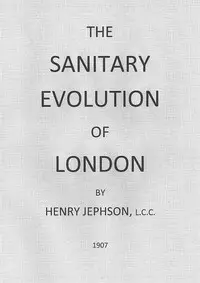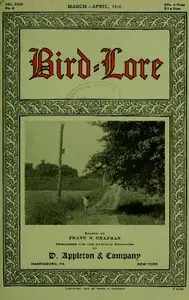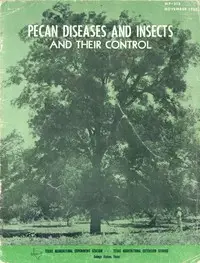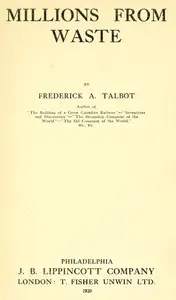"The City That Was" by Stephen Smith is a compelling chronicle of old New York, revealing the shocking public health disasters of the 1800s and the incredible changes that followed. Smith vividly depicts New York City as a "blind metropolis," where devastating diseases flourished due to dreadful living conditions, particularly among poor immigrants. It tells the story of overcrowded tenements, filthy streets, and widespread disease, resulting in terrifying death rates from typhus, cholera, and tuberculosis. The book highlights the neglect of city management, leading to a gripping description of the crisis that demanded an urgent need for health reforms which were achieved through the reports, inspections, and public advocacy led by Smith and reformers.
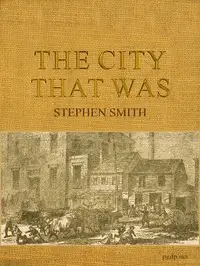
The City That Was
By Stephen Smith
Witness the transformation of a disease-ridden metropolis as dedicated individuals fight against urban decay and deadly outbreaks to create a healthier city.
Summary
About the AuthorStephen Smith was a New York City surgeon and civic leader who made important contributions to medical education, nursing education, public health, housing improvement, mental health reform, charity oversight, and urban environmentalism. Smith maintained an active medical practice, was an attending physician at Bellevue Hospital for thirty-seven years, and authored three surgical texts, but he was best known for his public service. Three mayors, seven governors, and two U.S. presidents appointed Smith to almost fifty years of public responsibilities. Shortly before Smith’s death in 1922, Columbia University President and future Nobel Peace Prize winner Nicholas Murray Butler awarded him the school’s highest honor and pronounced Smith, “the most interesting figure in American medicine and in American public service today.” The New York Academy of Medicine initiated the annual Stephen Smith Medal for lifetime achievement in public health in 2005.
Stephen Smith was a New York City surgeon and civic leader who made important contributions to medical education, nursing education, public health, housing improvement, mental health reform, charity oversight, and urban environmentalism. Smith maintained an active medical practice, was an attending physician at Bellevue Hospital for thirty-seven years, and authored three surgical texts, but he was best known for his public service. Three mayors, seven governors, and two U.S. presidents appointed Smith to almost fifty years of public responsibilities. Shortly before Smith’s death in 1922, Columbia University President and future Nobel Peace Prize winner Nicholas Murray Butler awarded him the school’s highest honor and pronounced Smith, “the most interesting figure in American medicine and in American public service today.” The New York Academy of Medicine initiated the annual Stephen Smith Medal for lifetime achievement in public health in 2005.




